The New Korean E-Visa
Over the last 18 months the world has undergone some monumental changes. Covid 19 has severely impacted almost all aspects of daily life. One industry that has been parti
Written by Seoul Local Experts! Read about what's going on in Seoul and the best things to do and visit in Seoul during your stay.

Over the last 18 months the world has undergone some monumental changes. Covid 19 has severely impacted almost all aspects of daily life. One industry that has been parti

We look at why plastic surgery in a big city like Seoul often has many advantages. We also look at things to consider when choosing a city for PS.
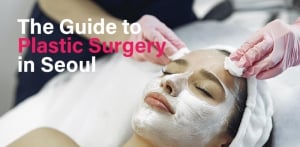
More than 1 million people visited South Korea for plastic surgery in 2019, this guide explains traveling to the plastic surgery capital of the world.

Five ways to make sure you get the best plastic surgery deals in Seoul. A list for anyone looking to save money on plastic surgery.

Cosmetic dentistry is one of the modern wonders of the 21st century for people looking to improve their look

A full guide to the types of facial feminization surgery in Korea, the costs involved in these types of surgery and which clinics offer ffs procedures.

A full guide to everything there is to know about getting mini liposuction in Korea including the cost of the procedure, the best clinics (Lydian Clinic, 365mc, Seojin) and types of procedures.

Korea, a country renowned for its advanced skincare and beauty treatments, offers a revolutionary procedure known as skin booster treatments. These treatments have gained
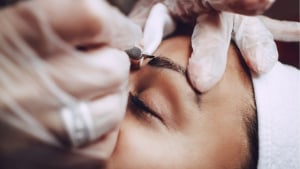
Discover the transformative power of eyebrow microblading in Korea, a country renowned for its advanced beauty treatments and affordable prices.
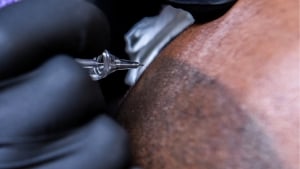
Scalp Micropigmentation in Korea is a cutting-edge procedure that has gained immense popularity for its effectiveness in addressing hair loss.

Discover the revolutionary anti-aging procedure, Shurink, that's taking Korea by storm. Utilizing advanced ultrasound technology, Shurink offers a non-invasive solution to lift and tighten the face and body for a youthful, contoured appearance
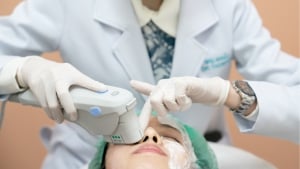
Discover the revolutionary Ultherapy in Korea, a non-surgical ultrasound procedure that combats the signs of aging, such as facial and neck wrinkles, and skin sagginess.

Discover the allure of lip tattooing in Korea, a semi-permanent cosmetic procedure that has gained immense popularity for its natural-looking results and longevity.

In Korea, the forehead lift has emerged as a popular anti-aging procedure to address sagging brows and forehead wrinkles.

A neck lift in Korea is a transformative procedure that can take years off your appearance by removing sagging skin, wrinkles, and deep creases.

Jaw implant surgery in Korea, particularly the V-Line procedure, has gained global recognition.

Cheekbone reduction surgery in Korea, also known as zygoma reduction, is a highly sought-after procedure designed to create a softer and more harmonious facial appearance.

Chin surgery in Korea has become a sought-after procedure for individuals looking to enhance their facial contours and achieve a more balanced appearance.

Jaw surgery in Korea stands out as a transformative procedure that not only enhances facial aesthetics but also improves functional issues.

Transgender breast implant surgery in Korea, also known as transfeminine top surgery, is a transformative procedure for transgender women and nonbinary individuals seeking to align their physical appearance with their gender identity.

Considering a breast lift in Korea, or mastopexy, can be a transformative step towards reclaiming your body's youthful contour and boosting your self-confidence.

Gynecomastia surgery in Korea, also known as male breast reduction, is a procedure that addresses the enlargement of breast tissue in men, a condition that can cause emotional discomfort and a lack of self-confidence.

Nipple surgery in Korea is a specialized medical procedure that addresses both aesthetic and functional concerns of the nipples and areolae.

Breast enlargement in Korea, also known as augmentation mammoplasty, is a popular cosmetic procedure that enhances the size and shape of the breasts through the insertion of implants or fat transfer.

Under eye surgery, also known as blepharoplasty, is a popular procedure in Korea, known for its advanced medical techniques and aesthetic expertise.
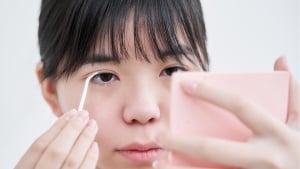
Double eyelid surgery, also known as Asian blepharoplasty, is a popular cosmetic procedure in Korea that creates a crease in the upper eyelid, often absent in monolids.
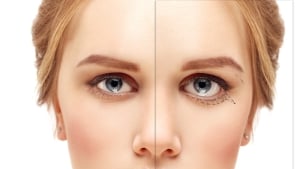
Canthoplasty in Korea, a cosmetic procedure that reshapes the corner of the eye, has become increasingly popular in Korea. This surgery not only corrects drooping or sagging eyelids but also creates a more youthful and aesthetically pleasing eye shape.

Korea has become a global leader in cosmetic procedures, and eye widening surgery is no exception. This specialized surgery, which includes epicanthoplasty and lateral ca

Ptosis correction in Korea is a surgical procedure that addresses the drooping of the upper eyelids, a condition known as ptosis.

Korea, a country that has become synonymous with pioneering cosmetic surgery, has an exceptional offering of skilled Korea rhinoplasty surgeons and advanced rhinoplasty techniques.

In this article, we will discuss various types of rhinoplasties, why many people choose Korea for this procedure, and the cost associated with each type.
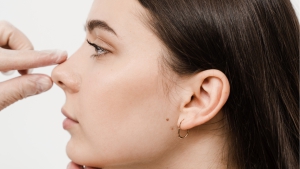
Nose tip surgery in Korea, also known as tip plasty, is a specialized cosmetic procedure that focuses on reshaping the cartilage at the tip of the nose to enhance facial harmony without altering the nasal bone.

Nose bridge surgery in Korea, or rhinoplasty, is a transformative procedure that reshapes the nose to improve both appearance and breathing. This intricate surgery can address a variety of concerns, from correcting birth defects and injuries to enhancing facial symmetry.

Bulbous nose surgery is a specialized rhinoplasty procedure aimed at reshaping a nose that is rounded, wide, and larger than average, often resulting in a more defined and aesthetically pleasing nasal tip.

Breast reduction surgery in Korea, or reduction mammaplasty, is a transformative procedure that not only enhances the appearance but also alleviates the discomfort associated with overly large breasts.

Are you considering a Brazilian Butt Lift (BBL) in Korea to enhance your curves and achieve that coveted hourglass figure?
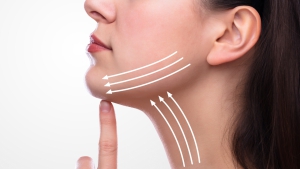
Fat grafting in korea, also known as fat transfer or fat injections, is a transformative medical procedure that has gained immense popularity for its aesthetic and regenerative benefits.

Tummy tuck in Korea, or abdominoplasty, is a transformative cosmetic surgical procedure that reshapes the abdomen by removing excess skin and fat and tightening the muscles.

Full body liposuction in Korea is a transformative procedure that reshapes and contours the body by removing excess fat from various areas.

Face liposuction in Korea is a transformative procedure that can redefine your facial profile by removing excess fat from areas like the chin, neck, and jowls.

Arm liposuction in Korea is a cosmetic procedure that has gained popularity for its ability to reshape and contour the upper arms, creating a more toned appearance.

Blepharoplasty in Korea, commonly known as eyelid surgery, is a popular procedure that rejuvenates the appearance of the eyelids by removing excess skin, muscle, and sometimes fat.
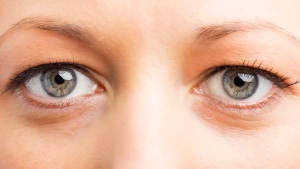
Eye bag surgery in Korea is a transformative procedure that rejuvenates the appearance of the eyelids by removing excess skin, muscle, and sometimes fat.

An eyebrow lift in Korea is an increasingly popular procedure among those seeking to revitalize their facial appearance and combat the signs of aging.
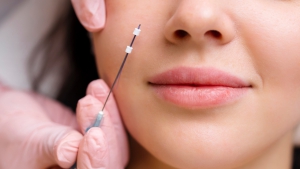
Everything you need to know about coming to South Korea for nose thread lifting. Including which the best clinics to visit are? How much the nose thread lifting procedure costs and much more.

Considering traveling for veneers to Korea? Here is everything you need to know about the procedure, cost, which clinics and more!

Getting dental implants in Korea are a popular solution for individuals seeking to restore their smile and functionality after losing one or more teeth.
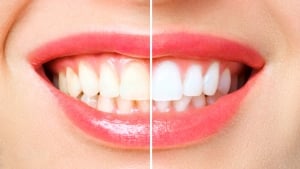
Teeth whitening in Korea has ingrained itself as a popular cosmetic practice in a society that values meticulous grooming and presentation. Over time, a demand has emerged for advanced dental services that safely and effectively brighten smiles.
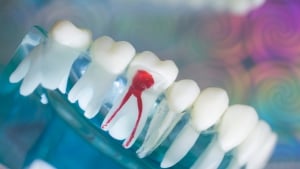
Root canals are a common dental procedure to save damaged or infected teeth, and South Korea has emerged as an excellent destination for this treatment due to its exceptional dental services at reasonable prices.

A full guide on thigh liposuction in Korea, including what thigh liposuction is, the best thigh liposuction clinics to go to and how much thigh liposuction costs in Korea.
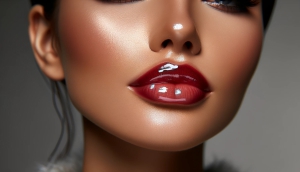
Discover the latest lip filler trend in South Korea - the Korean Cherry Lips. Learn what cherry lips are, how to achieve them, the best clinics in Korea, and the cost of lip fillers. Get all the information you need to achieve the perfect pout.

The significance of the temple region in facial aesthetics is often underestimated, yet it plays a crucial role in the overall youthful appearance of the face. The temple
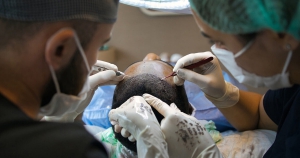
Discover the key stages of hair transplant recovery, from immediate aftercare to the first year of growth. Learn about the timeline, what to expect each week, and expert tips for achieving the best results.

1-Day Hair Transplant in Korea | Swift Solution for Your Hair Transformation Korea is not just a hub for culture and technology; it has also taken the cosmetic surgery

Hair transplants are a popular method for combatting hair loss and pattern baldness. The procedure involves taking hair from one part of the scalp (the donor area) and
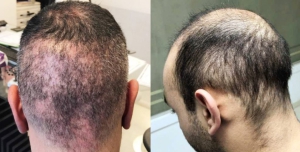
The old adage of “you get what you pay for” is perhaps no more true than when talking about plastic surgery. With low costs comes high risk. For a long time now, cou
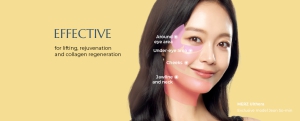
Unlock the secret to rejuvenated eyes with our exclusive article on removing under eye dark circles in Korea. Delve into the causes, innovative treatments, and top clinics leading the trend in cosmetic and skincare advancements. Whether seeking minimally-invasive solutions or exploring surgical options, dive in to discover how South Korea is revolutionizing under-eye care. Your journey to eliminating dark circles begins here.

Explore the transformative world of fat dissolving injections in Korea with our comprehensive guide. Discover the science behind these innovative treatments that offer a non-surgical solution to unwanted fat, learn about Korea's leading clinics renowned for their expertise, and understand the costs involved to plan your cosmetic journey. Whether you're curious about the process or ready to take the next step, our guide provides all the essential information, showcasing why Korea is at the forefront of aesthetic enhancements.

Explore the world of thread lifting in Korea with our comprehensive guide. Understand the process, costs, and find the top clinics for a safe and effective procedure. Discover why Korea is the go-to destination for enhancing your natural beauty through thread lifting. Read more now and take the first step to a youthful appearance.

Discover the best fertility testing center in Seoul, Chaum. With advanced facilities and expert fertility specialists, Chaum offers comprehensive assessments to identify fertility issues and guide appropriate treatment options.

Seoul's Renowned Face Lift Surgery Destination: THE PLUS, View Plastic Surgery Clinic, Made Young Plastic Surgery, Banobagi Plastic Surgery, and Haru Clinic offer personalized treatments to address facial skin laxity and aging.

Understanding the cost implications is crucial for making informed decisions. In this guide, we will explore the cost of plastic surgery in Korea in Indian Rupees.

V Line surgery in Korea have been perfected thanks to its culture of beauty and technical innovation. This is a guide to to the best V line surgery in Korea.

BTS member Jungkook purchased a luxurious four-floor house with a rooftop terrace in Seoul's Itaewon neighborhood for 7.6 billion won ($7 million USD) in January 2021. This real estate investment adds to the group's list of high-profile purchases and solidifies their status as global icons.

BBL in Korea, involving buttock augmentation for a more curvaceous figure, is continuing to be popularized by Korean celebrities. But to have this done painlessly is a whole other topic worth considering.
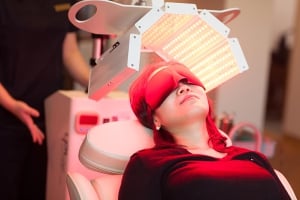
A hair transplant in Korea is the most safe and effective way to reverse the effects of permanent hair loss. The technique involves extracting hair from the back of the patient's head (the donor region) and implanting it to the balding spots of the patient's head (the recipient region).

Body contouring in Korea is your best bet to attaining a flawless, youthful look. Using non-invasive, safe and the latest techniques for tone.

South Korea, a country with an outstanding reputation for its medical and dental advancements, has become a premier destination for the clear aligner Invisalign treatment.

Double chin lift is becoming more and more popular procedure in Korea, clinics like Haru Clinic provides exceptional results for people who are looking for double
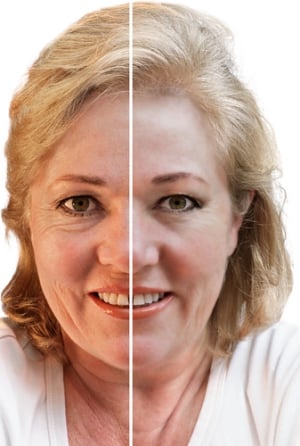
Rejuvenate your look with a Korea facelift and neck lift. Learn the remarkable and long-lasting results when having it done in Korea
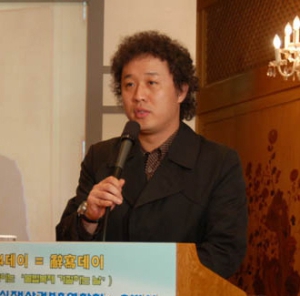
Comedian Jeong Joon-ha is a hot topic after confessing to undergoing fat relocation surgery and hair transplant under the eyes. In Channel A's 'Men's Life

Actress Go Eun-ah has always drawn attention with her beautiful looks. But on December 18, Go Eun-ah posted a picture of her current situation through social media.

With revision rhinoplasty in South Korea, get a second chance to achieve the look you desire from a country leading the way in plastic surgery

The Korean toothpaste industry is no slouch when it comes to fusing trends into branding and doing cross-industry collaborations. However, Korean toothpaste producer

Korea is famous for its own content and the Squid game which is one of the world's most popular shows in 2021 is also one of the Korean dramas. Then what's the popular Ko

Extraordinary Attorney Woo is super popular TV Show in South Korea, everyone from elementary school student to my grandma...

Discover the top three clinics for exceptional nose jobs in Korea. We cover the expertise, reputation, and patient satisfaction of these renowned clinics.

Surgeons are usually not inclined to do revision surgery, since it's hard to know about the details from the last surgeries, also possible that they might have to take the risk of fixing...

...you can get unlimited steamed lobsters. Other seafood offerings were shrimp, salmon and abalone.

If you are just visiting Korea, one thing you really have to do is watching a live game at the stadium even if you aren’t a fan of baseball.

Seoul is an awesome choice for family trip, there are so many things to do in Seoul with kids.

We have listed some of the snacks that Koreans love but foreigners are even more crazy about.
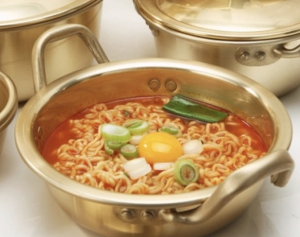
...dollar store in North America, pretty much everything they have. But sometimes they have these things so useful and cheap, here is the list...

...this summer as it can get humid as well. With that being said, let’s take a look into "Insider Items". 1. Denim (classic?)...

Hair transplant is getting more and more popular. Recently, Korean celebrity Go Eun-Ah got her hair transplant and posted the story on her youtube channel "Bangane" Other Korean celebrities who have admitted to having a hair transplant are Park Jun-Hyung, Lee Hwi-Jae and Jung Man-Shik.
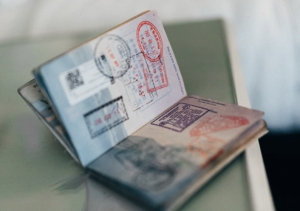
Learn how to apply through the K-ETA homepage or mobile app 72 hours before departure.

Full guide to getting a mommy makeover in Korea including the types of procedures (liposuction, tummy tuck, breast augmentation, etc), which clinics offers these procedures and how much it costs.

Korean fashion has become popular in many countries. This is partially thanks to K-Pop, K-Dramas, and K-Beauty exposing billions of people to South Korea
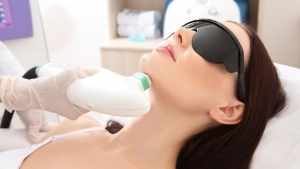
Laser toning is a treatment involving lasers which help improve skin pigmentation and reverse the effects of aging

With the help of technological advancement as well as a group of dermatologists, we are able to look much younger than our previous generations

If you love coffee and beauty, Seoul is a perfect place where you can look good and stay caffeinated at the same time.

Korea has a four distinctive seasons where it is really hot in the summer and cold in the winter. Because you have to shop for all four seasons, there is a high demand for apparel.

When you go to the English dentist in Seoul, you have to communicate with the dentist to listen to the options for your treatment. For example, choosing the right crown for your tooth is important.
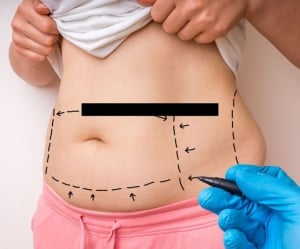
It is very important to remember that not all liposuction clinics are the same

Minish is widely regarded as the best, and certainly the biggest English speaking dental clinic in Korea, with a fully integrated, end-to-end international division.

Korea is a highly developed and highly skilled country in various industries. Korea is one of the worlds top vision correction destinations.

After taking all of these factors into consideration it is quite easy to see why Korea is widely regarded as the top vision correction destination in the world.

Discover my journey to Korea for liposuction and more at 365mc Clinic - a firsthand account of my transformative experience. Learn about the procedures, care, and outcomes from my personal perspective.

Do you look up gyms, fitness classes, or hikes when you’re planning your next vacation?

Have you been thinking about undergoing cosmetic surgery to improve your inner wellness or even your health? If you are, then, you’re probably curious about the costs.
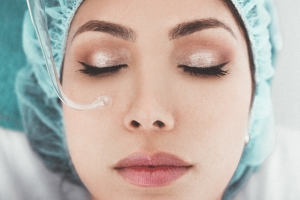
Although cosmetic surgery can be a great option, it’s good to have an idea of what you want and research all your options.
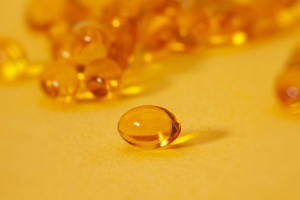
Beyond the rich culture, amazing food, scenic shopping, and photogenic cafes, South Korea has one of the top reputations for beauty & healthcare procedures and products

One of the things that most people struggle with would be the dark and puffy circles around the eyes.

A full guide to body sculpting in korea, including types of liposcultping, the cost of sculpting in korea, before after pictures, which are the best clinics and much more.

Sometimes known as facemasks, mask sheets or even the k-sheet, these products are some of the most widely used skin care treatments in Korea and in fact as of late, the world

The summer in Korea can be quite brutal, and many prefer to stay near an AC. However, by no means does that entail that people should stay cooped up at home.
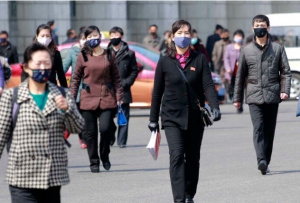
South Korea had its first case of Covid on the 20th of January. Within weeks, Korea had the biggest infection rate outside of China but the Korean government quickly sprang into action to curb this novel disease.

Parasite has become the first non-English film to win best picture at the Oscars! Come visit Seoul to find all the landmarks from the movie..

South Korea is at the forefront of healthcare innovations and skin care treatments. We are going to tell you about the top 5 dermatology and skin care clinics in Seoul, South Korea.
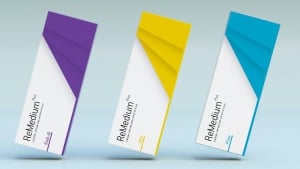
South Korea is the home of the best Hyaluronic Acid Fillers in the world. These are the 4 best brands that Korea has to offer.

This article explores the cost of breast augmentation in Korea and highlights the top clinics for the procedure. Additionally, it provides insights into the process of breast augmentation in Korea.

Where to go in Seoul for your unlimited alcohol desires...
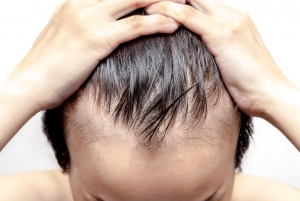
Discover Korea's top hair clinics offering world-class hair transplant services. Experience unmatched expertise and outcomes that have made Korea a global destination for hair restoration.

Plastic surgery in Korea can be one of the most transformative experiences of your life, physically and mentally. Here's what we recommend.

What can you expect when getting LASIK laser eye surgery in Korea.
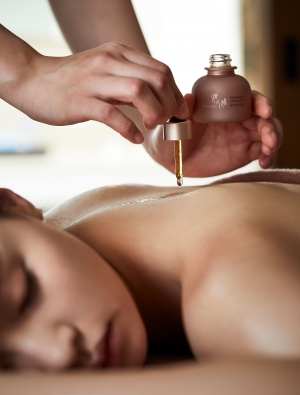
A complete list of the 5 best spas and massages in Seoul. We tell you why these Spas are the best and the treatments they offer.

Here's a list of some of the most popular and fun things to do during Fall while in Seoul

Ditch the dance clubs and enter Hongdae's independent music scene

As one of Seoul's premier cigar bars, BURN in Hal offers a unique experience

If you're spending the holidays in Korea's capital city, here are some great ways to share in the Christmas spirit

Test your palate (and stomach) with these six wild Korean dishes!

B-boying and martial arts mixed with beat boxing and cooking all in one

Seoul, according to Danish designer, artist and urban explorer, Cecilie Antonsen

An introduction to three local designer brands present at the S/S 2014 Seoul Fashion Week

An introduction to three local fashion brands based in Korea

My Guide Seoul gives you an introduction to six local microbreweries

Tour eight different baseball stadiums - from Seoul to Busan

Four Reasons to Attend One of Korea's Biggest Music Festivals

A guide to some of the best coffee shops in Seoul you've never heard of

Get your hair cut and make-up done all while drinking cold beer

Looking for a piece of France in Seoul? Seorae Village is not to be missed

By Paige Stewart for My Guide Seoul When you think of Korea’s music scene, chart-topping K-pop groups like Big Bang or 2ne1 are usually the first things that come t
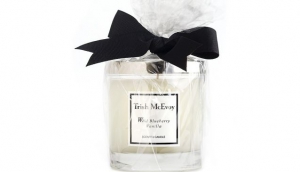
If someone asks me what the trend is right now in Seoul, I’d definitely say it’s scent. Bangkok, not far from Seoul has a long history of scent. Many scent br

Pinpointing Psy's video locations in Seoul

5 Amazing Select Shops For The Discerning Fashionista, By Camille Park
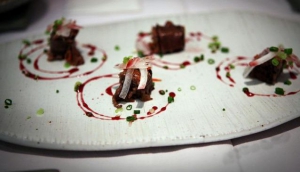
10 Amazing Places That Will Leave You Wanting More
My Guide Seoul is part of the global My Guide Network of Online & Mobile travel guides.
We are now in 120+ Destinations and Growing. If you are interested in becoming a local travel partner and would like to find out more then click for more info about our Website Business Opportunity.
No results found
Filter Events by Sub-Category
Please select a Date first.